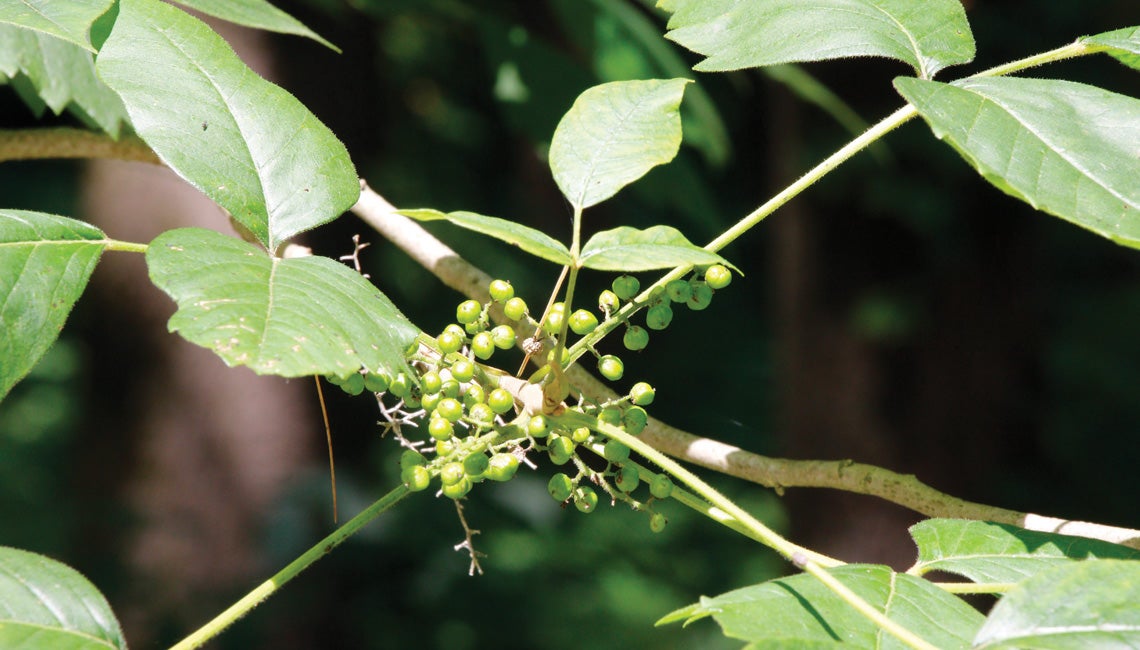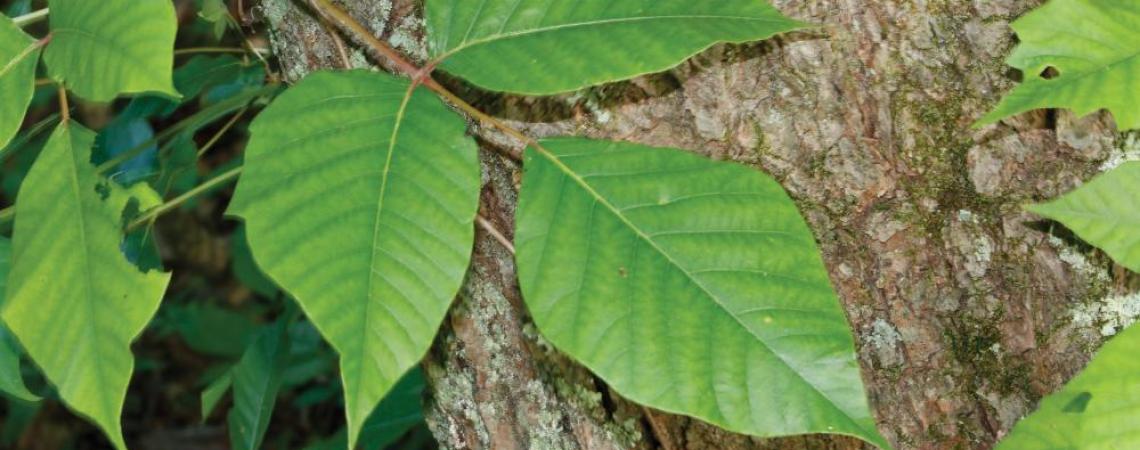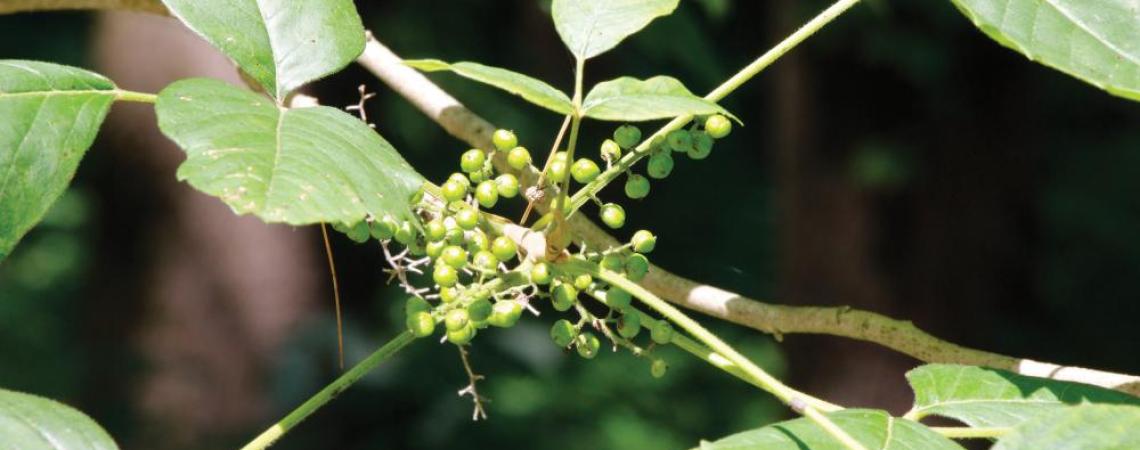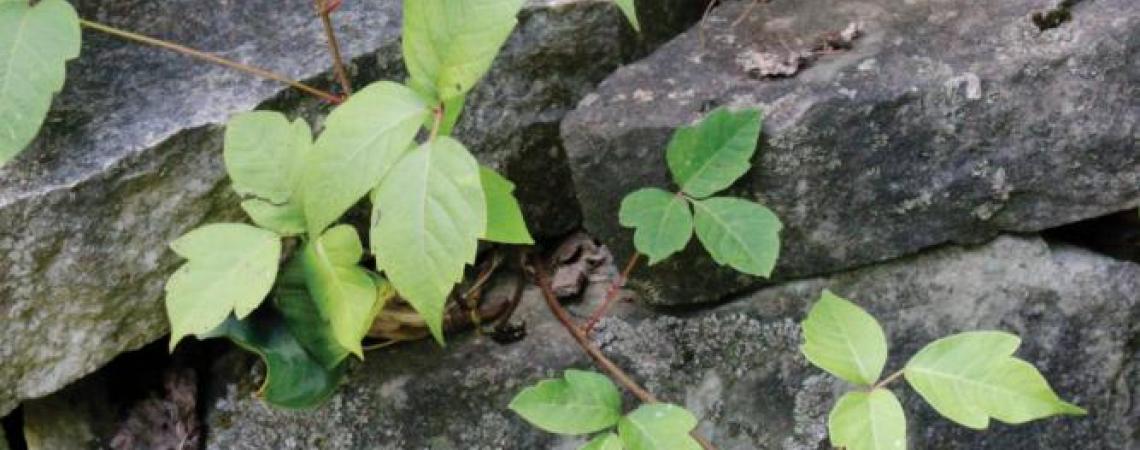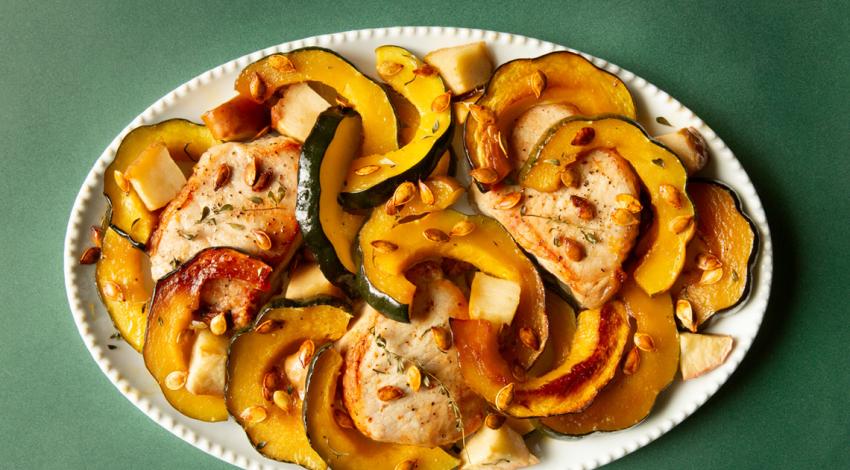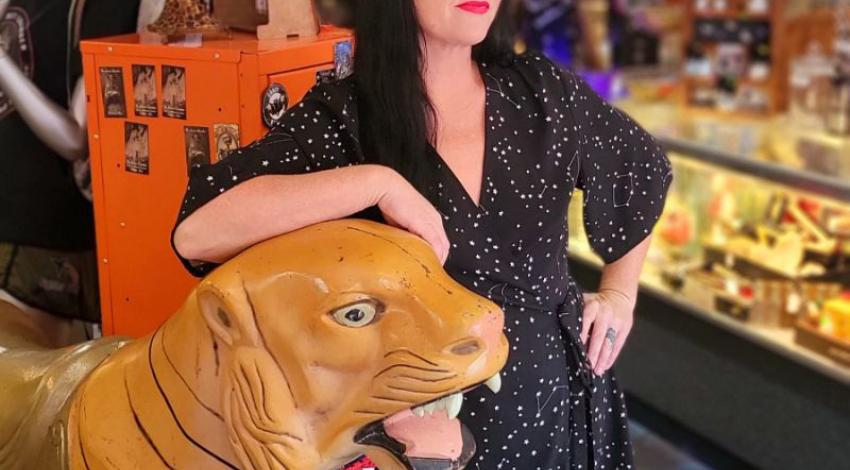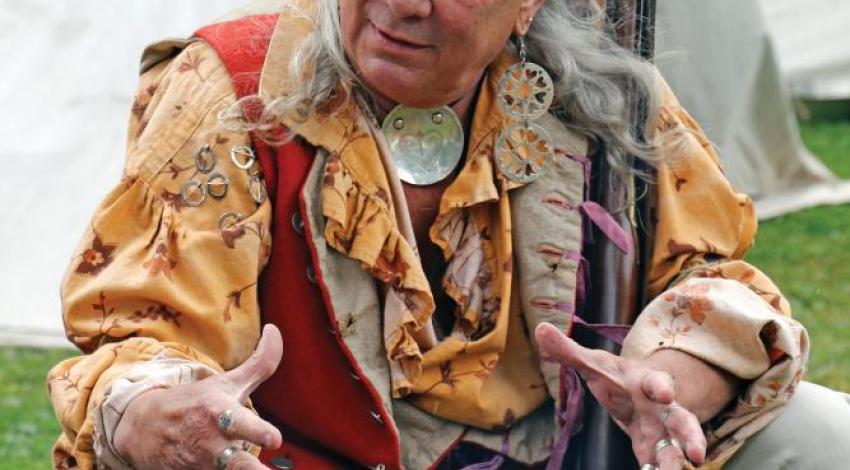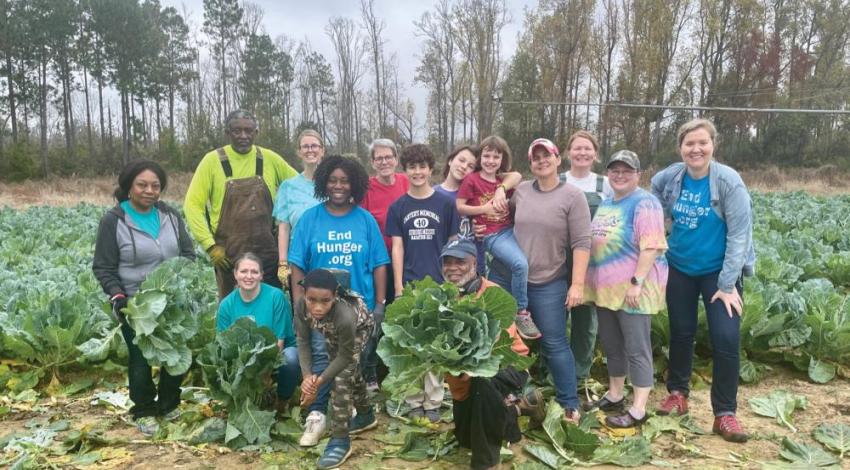If you consider yourself an outdoors person, you do know what poison ivy looks like, right?
Are you sure?
This ubiquitous, highly toxic plant grows throughout Ohio, and I’m convinced it’s determined to take over the Buckeye State — starting with my backyard. As I write this, I’m scratching a red, blistered patch of skin on my right ankle that’s been itching for weeks.
What makes poison ivy so toxic is urushiol, a clear liquid compound found in the plant’s leaves that can be transferred to your skin by simply brushing against a leaf.
Poison ivy wears many disguises. It can appear as a single plant, a group of plants, a shrub, a ground vine, or even a climbing vine. And its infamous “leaves of three” can be as small as a 50-cent piece or as large as your hand. In addition, different-shaped leaves (actually leaflets) —their margins smooth, lobed, or toothed — can appear on the same plant.
Fail to make the proper identification, and you’ll soon be “scratchin’ like a hound, the minute you start to mess around” as The Coasters put it in their 1959 song “Poison Ivy” — which became so popular that it rose to No. 7 on the Billboard Top 100 chart that year, and No. 1 on the Billboard Rhythm & Blues chart. Oh, how times have changed; when artists today sing about a plant, it usually has to do with something you smoke.
What makes poison ivy so toxic is urushiol, a clear liquid compound found in the plant’s leaves. Simply brushing against a leaf or two transfers the urushiol to your skin, and within a few days (or possibly even a few hours), an itchy, irritating, and sometimes painful rash occurs. Continued exposures over a lifetime can cause those reactions to become even more severe in some people, and I’m one of them.
In addition to direct contact with a plant, urushiol can also be transferred to us by our pets. If dogs, cats, horses, etc., walk through a poison ivy patch and then brush up against us or we stroke their contaminated fur — bingo, we’ll be itching before long. If you think you’ve been exposed, the best first aid is to wash any exposed skin areas vigorously with soap and water as soon as possible.
Likely the most dangerous health threat from poison ivy — potentially life-threatening — is when someone unwittingly inhales urushiol droplets suspended in woodsmoke. In Ohio, this usually happens when people clear brush from fencerows, where poison ivy loves to grow, and then burn the brush and poison ivy vines in a fire. In the worst cases, this can cause anaphylaxis, a rapid onset of allergic symptoms that can cause the throat and lungs to swell, obstructing or completely blocking breathing.
Most cases of poison ivy aren’t nearly so severe, with the unsuspecting newbie hiker or camper being the most frequent victim. Bestselling author Stephen King, the so-called King of Horror, recounted the following incident, which induced a little horror of his own.
As a kid, King was on a hike with his older brother, Dave, when nature called.
“Take me home,” King demanded, “I need to go to the bathroom.”
“Do it in the woods,” Dave said.
“I can’t! I won’t be able to wipe!”
“Sure you will,” Dave said. “Wipe yourself with some leaves. That’s how the cowboys and Indians did it.”
Two days later, King was bright red from the backs of his knees to his shoulder blades. Worst of all, the hand he had wiped with had swollen to nearly double in size and was covered with giant blisters.
“For six weeks I sat in lukewarm starch baths,” King remembers, “feeling miserable, humiliated, and stupid, while hearing through the open door of the bathroom my brother and mother laughing and listening to the radio while playing a card game called Crazy Eights.”
Despite all that, poison ivy has a positive role to play in nature. The leaves and berries are commonly eaten by many species of wildlife with no apparent harmful effects to the critters ingesting them. Poison ivy can even produce beautiful autumn leaves of red and gold.
Just not in my backyard.
